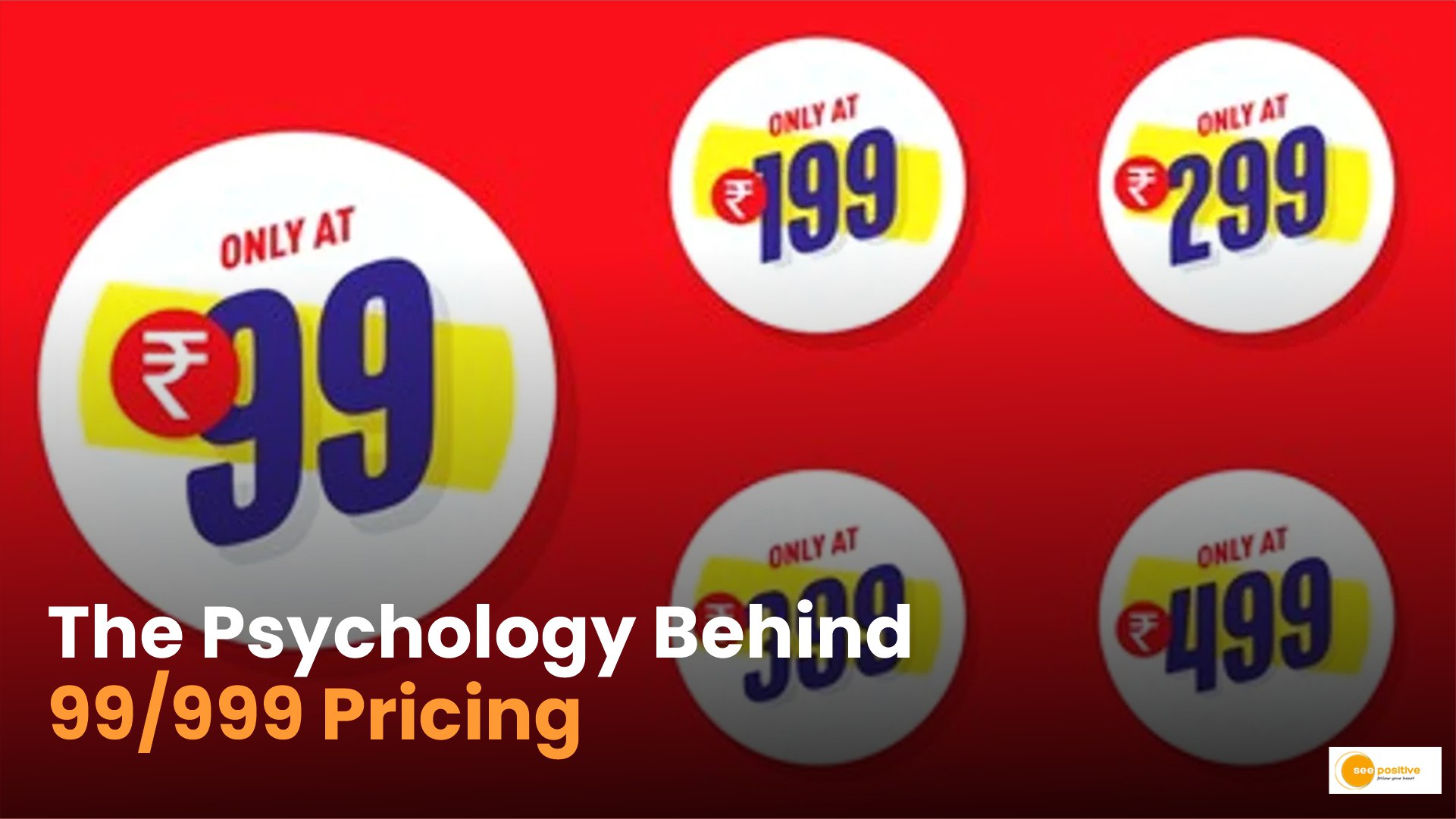Price Tagging Strategy: Have you ever wondered why products in stores, whether online or in malls, are often priced at numbers like 99, 999, or 9.99 instead of round figures? This seemingly small pricing tactic is no accident. It is a well researched psychological strategy that taps into the way we perceive value and make purchasing decisions. Let’s explore the reasons behind the “99 effect” and how it influences our buying behavior.
The Power of Perception
One of the primary reasons retailer use prices ending in 99 is because of how we subconsciously perceive numbers. This pricing tactic, often referred to as “charm pricing”, makes a price appear significantly lower than it actually is, even though the difference is minimal. For instance, while 99 is only 1 less than 100, the price feels closer to 90, not 100 rupees.
Why It Works?
- Left-Digit Bias: Human brains tend to focus on the first number when reading a price, which is called the left-digit effect. In the case of 99.99 rupees, our brain registers the first digit, 99, and associates it with a lower price range than 100 rupees. We see 99.99 rupees as closer to 90 than to 100, making it seem like a better deal.
- Small Differences Matter: In reality, 999 rupees and 1000 rupees are almost identical, but the subtle difference makes one feel significantly cheaper. This leads to more sales because customers perceive the product as more affordable.
Psychological Behind it
The 99-ending prices create the impression of a “good deal” or a discount. It plays into the consumer’s psychology by suggesting that the price has been carefully reduced to the lowest possible amount. When customers see 999 rupees instead of 1000 rupees, it triggers a feeling of getting something for less, even if the actual savings are minimal.
How It Influences Behavior?
Framing the Price: When a customer sees an item priced at 999 rupees instead of 1000 rupees, they often interpret this as a bargain or feel like they’re getting a deal. This tactic makes shoppers feel more comfortable making a purchase because it subtly implies that the price has already been reduced or discounted.
Encouraging Impulse Buying
The small psychological gap between prices like rupees 99 and rupees100 may not seem significant, but it plays a crucial role in encouraging impulse purchases. When a product appears to be cheaper than it actually is, customers are more likely to buy it on a whim, thinking they’re saving money.
The Impact of Price Precision
Interestingly, round numbers like 100 rupees or 1000 rupees are often associated with luxury or high-end products. When a product is priced exactly at 100 rupees, it might feel more formal or exclusive. On the other hand, 99-ending prices feel more accessible and affordable, making it easier for customers to rationalize the purchase.
Online Stores and Digital Influence
In the digital age, where shopping is just a click away, 99-ending prices have become even more significant. With price comparison tools and instant access to competing offers, consumers are always looking for deals. By using charm pricing, online retailers take advantage of consumers’ desire to make quick decisions, encouraging faster checkouts and impulse buys.
Breaking Psychological Barriers
Another reason stores use 99-ending prices is that it helps break psychological barriers. Customers are often resistant to crossing into higher price brackets, such as paying 2000 rupees instead of 1999 rupees. This small shift can be the difference between someone deciding to buy or hesitating and walking away from a purchase.
The Subtle Art of Charm Pricing
The use of 99-ending prices in both online stores and physical malls is a clever and subtle form of psychological pricing. It plays on our innate perception of value, the emotional appeal of getting a deal, and our tendency to focus on the first digit. While the difference between 999 rupees and 1000 rupees might be negligible, it can significantly impact how we feel about a purchase and how likely we are to buy.


